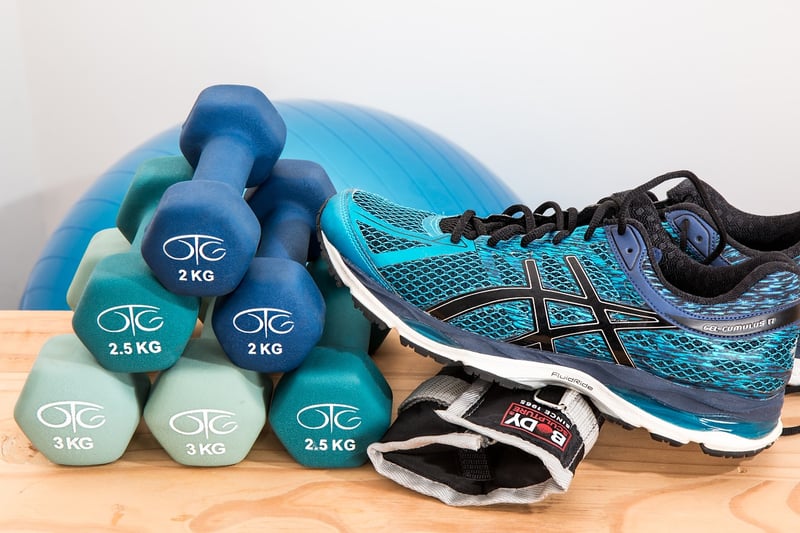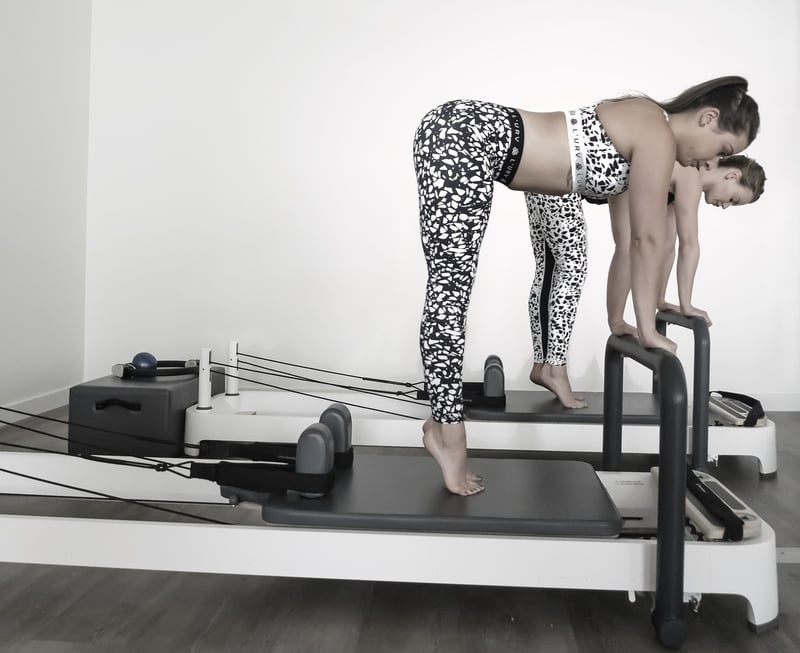Pilates for Beginners
The Ultimate Guide to Pilates Routines for Relaxation
Pilates is not only a fantastic way to improve strength and flexibility but also to promote relaxation and reduce stress. In this guide, we will explore various Pilates routines that are specifically designed to help you unwind and find inner peace.
1. Breathing Exercises
Start your Pilates relaxation routine with some deep breathing exercises. Focus on inhaling deeply through your nose, allowing your belly to rise, and exhaling slowly through your mouth. This will help calm your mind and center your body.
2. Gentle Stretching
Follow up your breathing exercises with gentle stretching movements. Stretching helps release tension in your muscles and improves circulation, leaving you feeling refreshed and rejuvenated.
3. Mindful Movement
Practice mindful movement during your Pilates routine by paying close attention to each movement and how it feels in your body. This mindfulness can help you stay present and focused, further enhancing the relaxation benefits of Pilates.
4. Relaxation Poses
Incorporate relaxation poses such as child's pose, savasana, and gentle spinal twists into your Pilates routine. These poses help release tension in your body and promote a sense of calm and tranquility.
5. Visualization Techniques
During your Pilates practice, incorporate visualization techniques by imagining yourself in a peaceful and serene setting. Visualization can help reduce stress and anxiety, allowing you to fully relax and enjoy your workout.
Pilates for Beginners
If you are new to Pilates, don't worry! Pilates is suitable for all fitness levels, including beginners. Here are some tips to help you get started with Pilates:
1. Start Slow
Begin with basic Pilates exercises and gradually increase the intensity as you build strength and confidence. Focus on proper form and alignment to prevent injuries.
2. Take Classes
Consider taking beginner Pilates classes either in-person or online to learn the fundamentals from a qualified instructor. Classes can provide guidance and feedback to help you progress safely.
3. Listen to Your Body
Pay attention to how your body feels during Pilates exercises. If something doesn't feel right, modify the movement or take a break. It's essential to listen to your body and avoid pushing yourself too hard.
4. Stay Consistent
Consistency is key when practicing Pilates. Aim to incorporate Pilates into your routine regularly to experience the full benefits, both physically and mentally.
Whether you are looking to relax and unwind or are a beginner starting your Pilates journey, these routines and tips will help you make the most of your practice. Embrace the mind-body connection that Pilates offers and enjoy the journey to a healthier and more relaxed you!
 Visit Pilates.com for more information.
Visit Pilates.com for more information.
